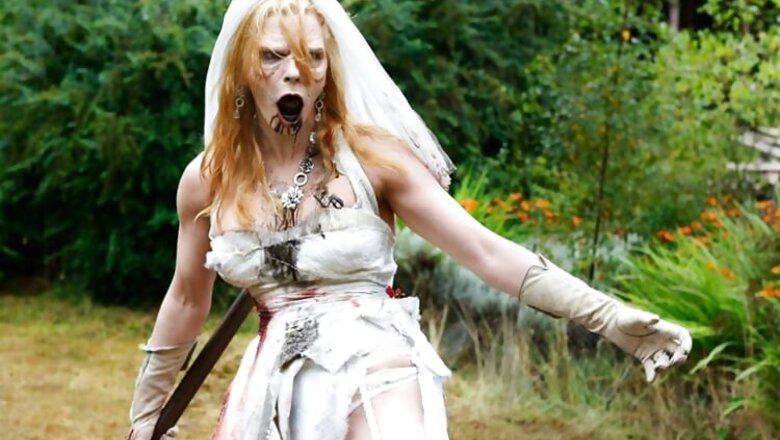
views
The zombie should need no introduction, but for those unacquainted with the cultural phenomenon it has become, the zombie is an undead human (mostly) being, resurrected from beyond the grave, a shambling horror of supernatural moans and sharp teeth. Films, literature and video games have worked extensively on the zombie, and while it would be simple to dismiss the creature as simply something out of fairy tales or horror cinema, I’d like to suggest that there’s something more to it than meets the eye.
Of course, the zombie is a metaphor. Over the years, it’s been used to signify many things. Fear, fear itself (as Robert Kirkman put it). The fear of death, walking, shambling death. I’ve always also maintained that zombies are nothing but a reflection of humanity in darker times; how we would choose to react in adverse and extreme conditions. But I believe it doesn’t end here.
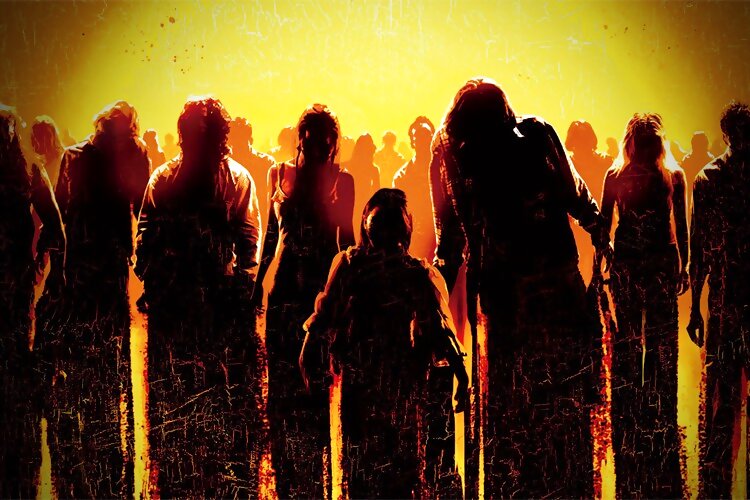
It starts with the church, because it has to, a symbol of Christian morality and order. The film is 'Dawn of the Dead' (there are two, and I refer to both) and a grim faced preacher proclaims the famous line, ‘When there is no more room in hell, the dead will walk the earth.’ It’s 1978, and a film has established the zombie’s tie to religion, something that will both develop and change over the years. This is important because the origins of the zombie has everything to do with religion.
This is important because what the zombie actually stands for is dissent.
Being alive even though you’re supposed to be dead is the greatest form of rebellion against the natural order; if you so believe, God’s natural order. It is defiance, saying no, I’m still alive, why, I rise from my very grave and walk, I mock your plan with my very existence.
Among many things the zombie represents the price of immortality, an object of fascination both across lore and various holy scriptures; the eternal hunt for the holy grail, the fountain of youth, the rise of vampirism as an idea, and presently, the idea of the cyborg, and human-robotic integration. Immortality has often been the ultimate ambition, and here the zombie presents a look at its darker side, the price that must be paid if one wants to live forever.
Films and games have often associated the zombie with the demon from the netherworld, such as the excellent REC series, which does it with a simple elegance, by making the zombies freeze in place when the holy book is being read aloud. This association with the devil and Satanism is further pronounced by the zombie’s cannibalistic tendencies. Zombies eat living things and they eat them raw, another act of dissent, of not walking in line with the natural order, something often referred to as ‘ungodly’.
The zombie converts because priests convert. One bite is all it takes. The victim suffers, dies, then turns into a zombie, a statement in irony to religions worldwide, religions and their oppressive guardians who have forced conversion under threat of not finding heaven, but hell instead.
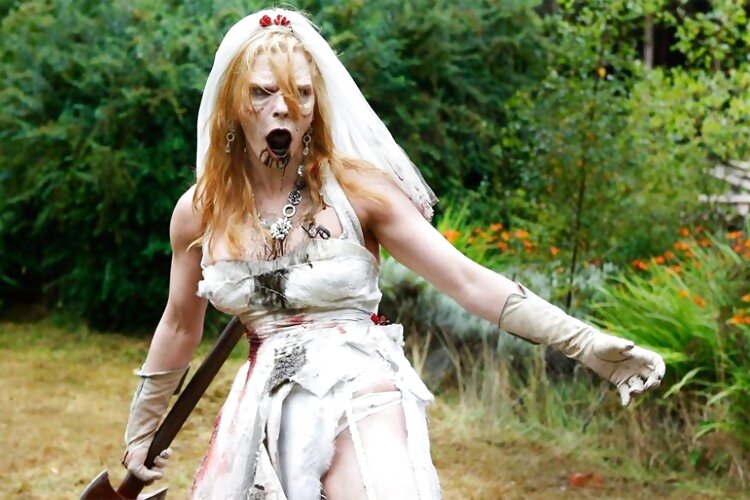
Zombies are inherently born of a culture where the church has dictated Theology and how it shall be dictated further, which is why the creatures have an inherent link to Christianity. India has never enjoyed a Christian majority, and thus the zombie is always out of place here; it is a creature our cultural consciousness will never accept, an explanation for why zombie films don’t work in India (Go Goa Gone, Rise of the Zombie and Miruthan come to mind).
But the timeline shifts, and now we’re moving away from Theology and into contemporary social systems. If we are to analyze the USA’s take on Capitalism, we can see the zombie being used as a tool of critique. A common occurrence in every zombie apocalypse is a shortage of resources, the protagonists mostly people used to excess. In that pressure of conservation and the curbing of this mindless overconsumption, we often witness characters snap and have some sort of a breakdown (which mostly results in some foolhardy action in fiction, allowing the zombies into a protected place, or waving a gun about and killing someone or betraying someone to the zombies). It’s also interesting how some of these films/games take place in standing symbols of Capitalism, like the mall (Dawn of the Dead, Dead Rising 2). Some films go so far as to often have a white faced character mutter ‘We have been privileged, and now we must pay.’
Another thing that changes is the advent of science. The creature is taken away from pure biblical hands and often seen in a new light—it is a plague now, a virus, one that spreads with the bite. Some films call it a ‘rage virus’ (28 Days Later, 28 Weeks Later, The Crazies), making the zombie a human excessively violent, frothing at the mouth, decidedly bestial. Again, the zombie as a metaphor for Fear is creeping in, an international culture of fear propagated by Anthrax, SARS, Swine Flu, Ebola, the incurables, the ones that spread ever so fast, the one we want to know nothing about because it’s so scary. The 21st Century epidemic makes the zombie less of a biblical entity and more into a contagion, because Fear must evolve with the times.
And with the advent of the world wars, the physical look of the zombie changes. It is no longer a man in makeup with dark circles and powder; no, now it’s a hideously deformed creature, limbs twisted and out of shape, barely walking, crawling—something reminiscent of the Atom bomb survivor, the unforgettable images of the horrific, Hiroshima, Nagasaki, the survivor who is dead. In that sense zombies are our guilt, our remembrances of the past, our sins, which come back from beyond the grave to haunt us (literally).
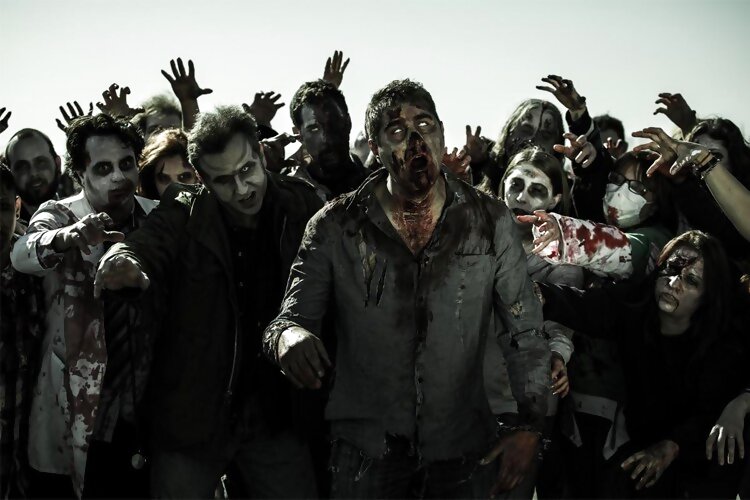
Another reference from World War 2 arises from the way zombies are shown killed. Literally every film, TV show, and game has the protagonists gunning and slicing down zombies to great effect (The Walking Dead uses great VFX to make this visceral, while one can argue that games like Dead Island and Dying Light are simply about killing zombies and nothing more). Almost nothing questions the killing of zombies and the inherent cruelty of human beings—just because they’ve risen from the dead, they can be massacred. In other words, it’s murder without consequence, a certain ‘freedom to be wicked’, if I were to quote Edward Hyde (not exactly a beacon of humanity).
Also, if one were to look into the zombie’s only weapon, it’s the bite. The zombie (mostly) doesn’t strangle, or use weapons. It bites, an animalistic trait, but also something observed normally as a last, desperate measure of self-defense in humans. This begins to paint the zombie as a victim, interestingly enough. The Holocaust comes to mind, with masses being executed, with men, women and children shambling in rags, no strength to walk or talk, only the occasional grunt or moan. A generation of people always afraid.
There is an integral link between fear psychosis and power structures—fear and hope have always been the greatest tools to maintain command, although the idea of power, with all its layers of complexity might change with the times. The bite will forever be attached to the word ‘rabid’, arising from rabies, psychologically signified as that threshold from which there is no coming back. It is an irrational fear of contamination—despite science setting scientific boundaries—a contamination of races, religions, of existing and so-called stable power structures. Create the other. Dump the blame. Fear is needed to justify power.
How does one kill vampires? One of the popularly known methods is a stake through the heart. This is interesting, because vampires have very much to do with the heart; classically being creatures of temptation and seduction. How does one kill zombies? Pierce the brain. A headshot/ sharp object through the brain/blunt object beating head to pulp. What do zombies have to do with the brain? Why the brain, of all things?
Because it symbolizes thought. Dissent. Everything against the plan. Kill it, shoot it in the head. Stop it from thinking.
The zombie is the other. It is presented as an enemy or a possible threat because that’s what is needed by the powers that be; because at that time (within the fictionalized setting, for example), one needs to overlook the process of how zombies are a government weaponization project gone wrong, or how many innocents are being tortured in labs as a cure is researched. Every magician’s greatest ally is always the art of distraction, and the shadowy figures at the apex of any existing power structure know that all too well.
It’s incredible how something which can barely walk can become such a symbol for political and philosophical thought; but for those of you that might call these interpretations as reaching too far, we must understand that it’s not important if the men who created the zombie thought of the implications it would carry. The zombie is free now, free to project itself onto thought—and that is the power of the creature, that is what its consciousness implies. The zombie is alive despite death, the zombie shapes itself as it has, over the years. The zombie survives.















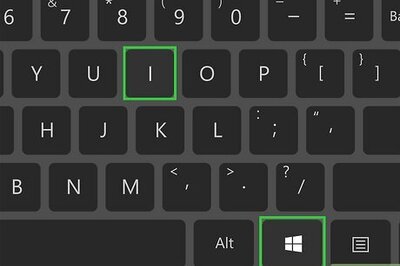
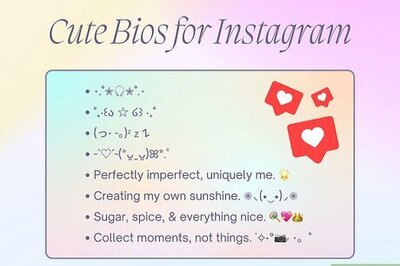
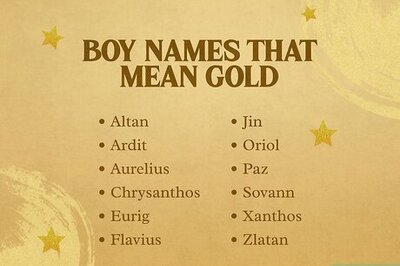

Comments
0 comment